In the ever-evolving landscape of education, the intersection of technology and essay writing service has given rise to a new era of academic composition. The traditional image of a writer hunched over a desk with pen and paper has undergone a profound transformation with the advent of digital tools. “The Digital Pen: Transforming Essay Writing” explores the dynamic impact of technology on the essay-writing process, delving into the advantages, challenges, and the overall evolution of this essential academic skill.
The Technological Shift in Essay Writing
1. Digital Platforms and Writing Software
The transition from traditional to digital writing platforms marks a paradigm shift in essay composition. Word processors and writing software offer features that streamline the writing process, from organizing thoughts to revising drafts. Platforms like Microsoft Word, Google Docs, and Scrivener have become indispensable tools for writers of all levels.
2. Cloud-Based Collaboration
Collaborative essay writing has been revolutionized by cloud-based platforms. Students can now seamlessly collaborate on essays in real-time, providing instant feedback and fostering a collaborative writing environment. Google Docs, for instance, allows multiple users to work on a document simultaneously, transcending the limitations of geographical boundaries.
3. Research in the Digital Age
The digital era has redefined the research phase of essay writing. Online databases, academic journals, and e-books provide a wealth of information at the writer’s fingertips. Platforms like JSTOR, Google Scholar, and library databases offer a vast array of sources, enabling writers to conduct thorough and efficient research without leaving their digital workspace.
Advantages of the Digital Pen
1. Editing and Revision Efficiency
One of the primary advantages of the digital pen is the efficiency it brings to the editing and revision process. Writers can effortlessly edit, cut, paste, and rearrange text, facilitating a smoother refinement of ideas. The digital format allows for a more iterative and dynamic approach to essay crafting.
2. Accessibility and Portability**
The digital pen transcends the limitations of physical notebooks and paper. Essays stored in digital formats can be accessed from various devices, promoting portability and ensuring that the writing process is not tethered to a specific location. This accessibility enhances flexibility and accommodates the diverse lifestyles of modern students.
3. Multimedia Integration
The incorporation of multimedia elements adds a layer of depth to digital essays. Writers can seamlessly integrate images, charts, graphs, and hyperlinks, enhancing the overall presentation of their ideas. This multimedia integration not only makes essays more engaging but also allows for a more comprehensive expression of complex concepts.
Challenges in the Digital Writing Landscape
1. Distractions and Multitasking
While the digital realm offers numerous advantages, it also presents challenges. The potential for distractions, such as social media and other online platforms, can hinder focus and productivity. Writers must cultivate disciplined habits to navigate the fine line between utilizing digital tools and succumbing to distractions.
2. Learning Curve for New Tools
The introduction of new digital tools often comes with a learning curve. Writers, especially those unfamiliar with the latest writing software features, may face challenges in harnessing the full potential of these tools. Adequate training and familiarity are essential for maximizing the benefits of the digital pen.
3. Digital Fatigue
Constant screen exposure can contribute to digital fatigue. Prolonged periods of writing on digital devices may lead to eye strain and reduced concentration. Writers must be mindful of their screen time and incorporate breaks to mitigate the potential negative effects of extended digital engagement.
The Future of Digital Essay Writing
1. Integration of Artificial Intelligence
The future promises further integration of artificial intelligence (AI) in the essay-writing process. AI tools can assist writers in generating ideas, improving grammar and style, and even providing suggestions for enhancing overall coherence. These advancements aim to augment the writer’s capabilities rather than replace them.
2. Enhanced Collaboration Features
As digital collaboration continues to evolve, future writing platforms are likely to incorporate enhanced collaboration features. Real-time feedback, collaborative brainstorming tools, and integrated communication channels will further facilitate group projects and collective essay writing.
3. Personalized Writing Assistants
The development of personalized writing assistants is on the horizon. These assistants, powered by AI, could provide tailored feedback, identify individual writing strengths and weaknesses, and offer targeted suggestions for improvement. The goal is to create a more personalized and supportive writing environment.
Embracing the Digital Writing Revolution
As we navigate the transformative landscape of digital essay writing, it becomes evident that the digital pen is not just a tool but a catalyst for change. Embracing this revolution involves not only mastering the technical aspects of digital tools but also fostering a mindset that adapts to the dynamic nature of technology.
1. Cultivating Digital Literacy
Digital literacy is a cornerstone of successful digital essay writing. Writers must cultivate an understanding of various writing software, research tools, and online platforms. This literacy empowers writers to harness the full potential of digital resources.
2. Balancing Creativity and Technology
While technology enhances the writing process, it’s crucial to strike a balance between creativity and reliance on digital tools
. Writers should view technology as a facilitator rather than a replacement for their innate creative abilities.
3. Adapting to Emerging Trends
The digital writing landscape is continuously evolving. Writers who stay informed about emerging trends, software updates, and advancements in digital writing technologies are better positioned to adapt and thrive in this dynamic environment.
Conclusion: A New Chapter in Essay Writing
“The Digital Pen: Transforming Essay Writing” signifies not just a technological evolution but a paradigm shift in how we approach the craft of writing. The digital pen is a symbol of adaptability, innovation, and the limitless possibilities that technology brings to the world of academia. As we embrace this new chapter in essay writing, it’s essential to recognize that the digital pen is not erasing tradition but rather inscribing a future where the art of writing is seamlessly woven into the digital fabric of education.


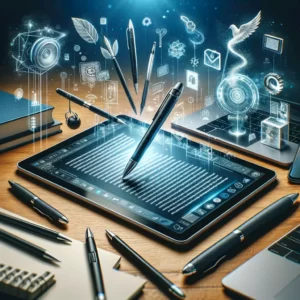
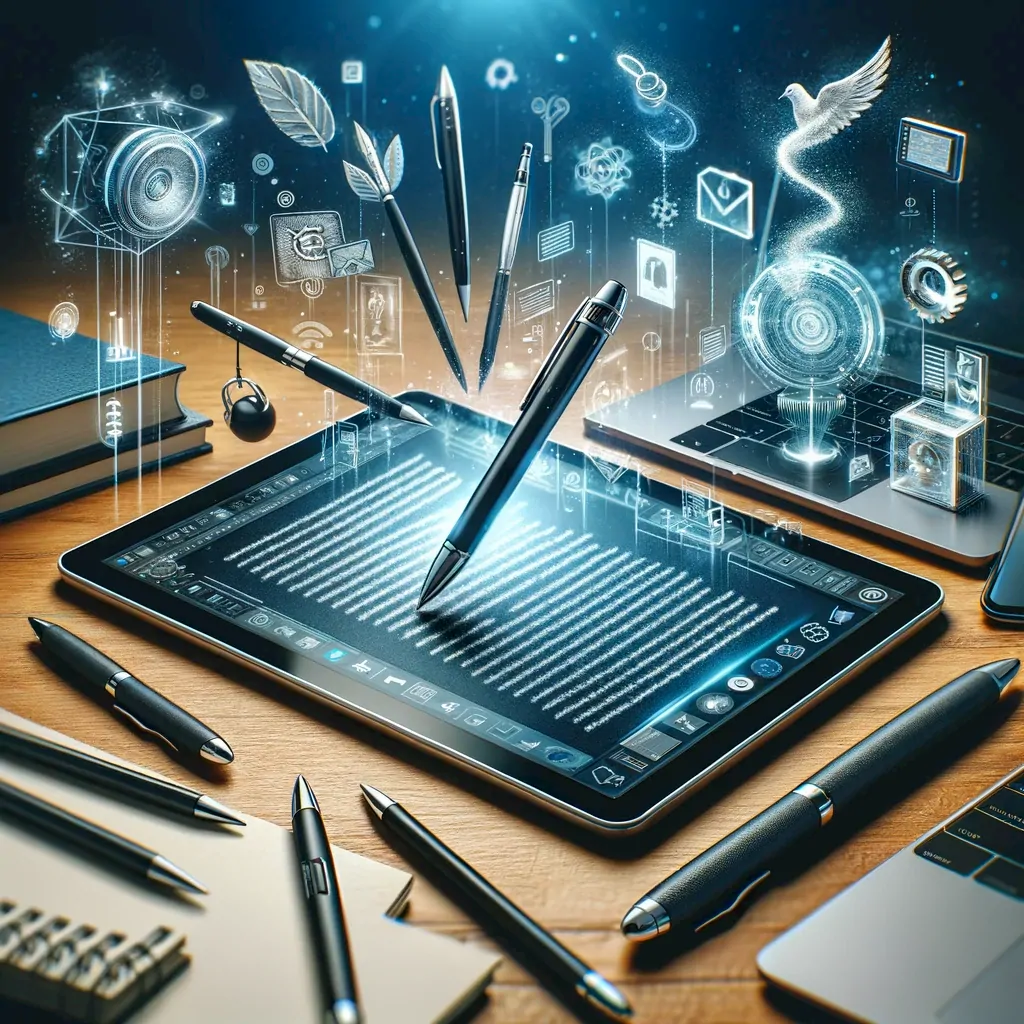

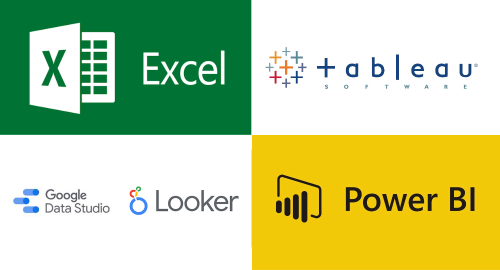
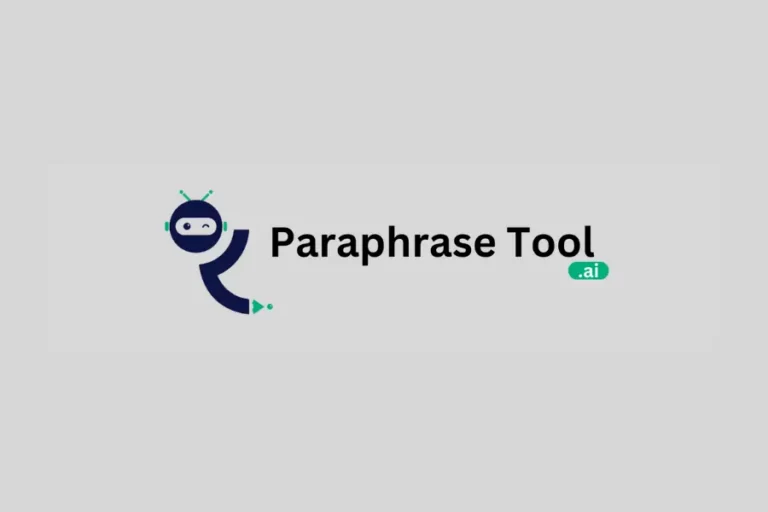
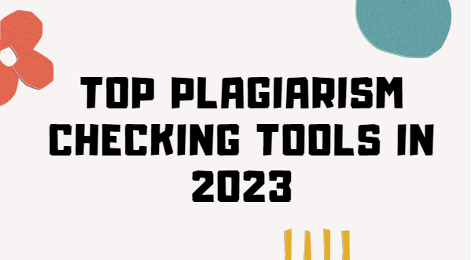





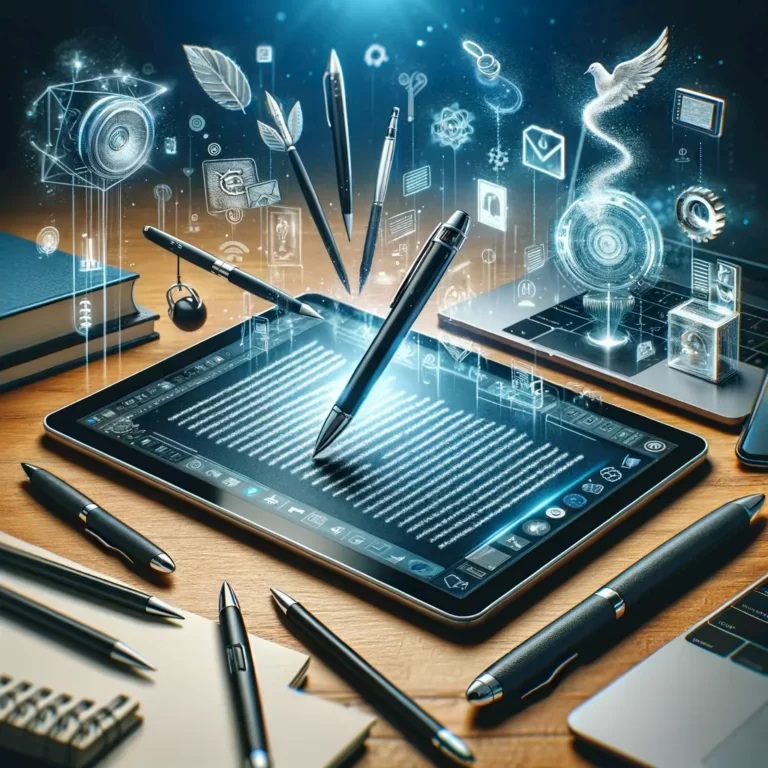




+ There are no comments
Add yours